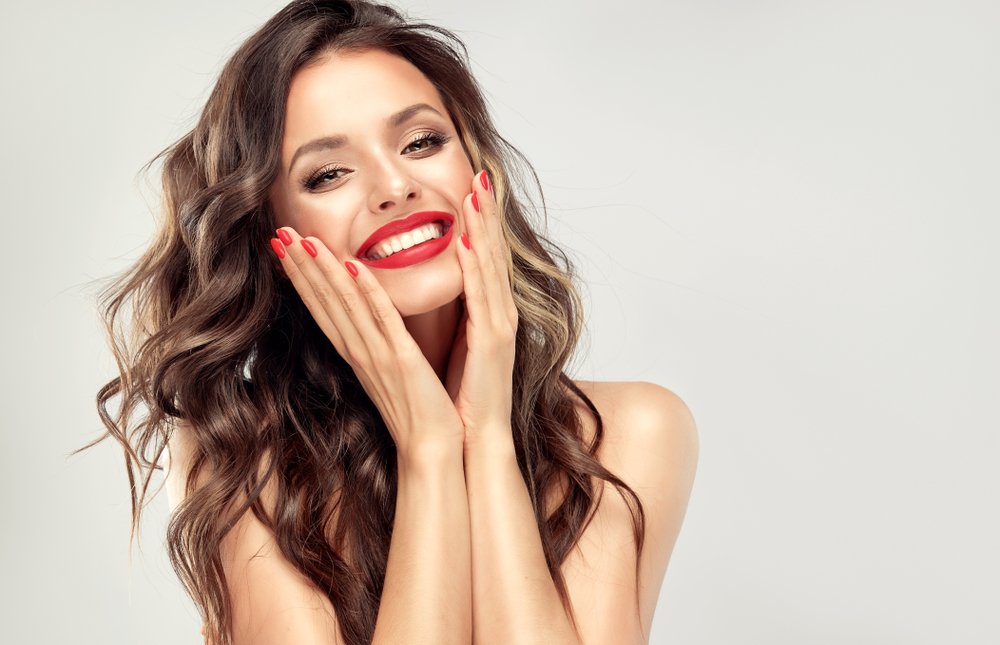
The world of modelling is often associated with glitz, glamour, and high fashion. From dazzling runways to breathtaking magazine covers, models are constantly in the spotlight, showcasing the latest trends and designs. But behind the scenes, modeling is an art that requires dedication, hard work, and a certain level of expertise. In this article, we'll delve into the captivating world of modeling, exploring the intricate details of runway shows and photoshoots.
The Runway: Where Fashion Comes to Life
Runway shows are the epitome of the modeling profession. Models strut down the catwalk, displaying a designer's vision and bringing their creations to life. This art form requires more than just walking, as models must embody the essence of the clothing they wear. They must understand the designer's inspiration and be able to convey it to the audience through their movements and expressions.
One of the essential skills a model must possess is the ability to maintain perfect posture and balance while walking. The art of the runway is not limited to simply strutting back and forth; models must master various walks to match different fashion styles. From the sassy strut for haute couture to the fluid glide for bridal wear, each walk requires precision and finesse.
Furthermore, models must often adapt their walks to the atmosphere and theme of the show. They may need to exude confidence and power for a fierce fashion show or ooze grace and elegance for a high-end luxury event. The ability to seamlessly switch between different styles is what sets apart successful models from the rest.
The Magic of Photoshoots
Contrary to runway shows, photoshoots allow models to focus on the smaller details. These sessions can take place in studios, exotic locations, or even on the streets, depending on the concept and the client's vision. A photoshoot brings together a team of professionals, including photographers, stylists, makeup artists, and hair stylists, to create visually stunning images.
During a photoshoot, models must be flexible and adapt to the photographer's instructions. They will be required to strike various poses, convey emotions, and tell a story through their expressions. Models effectively play the role of a blank canvas on which photographers and designers paint their vision.
Behind every breathtaking image lies hours of preparation and collaboration. Models must undergo intense training to perfect their posing techniques, understanding how to emphasize their best features and create dynamic compositions. They work closely with the photographer to ensure that the desired mood and emotions are captured in each frame.
Challenges in the Modeling Industry
The modeling industry, like any other, has its own set of challenges. Models face fierce competition and unrealistic beauty standards, often leading to pressure and self-doubt. However, with the right mindset and support, models can navigate their way through these challenges and create successful careers.
Another challenge models encounter is constantly changing trends and styles. What's in vogue today might be obsolete tomorrow. Models must keep up with these ever-evolving trends, adapt their looks accordingly, and reinvent themselves to stay relevant. It requires versatility and a keen eye for fashion to succeed in such a competitive industry.
Despite the challenges, the modeling industry presents countless opportunities for growth and exposure. Successful models often have the chance to work with high-profile brands, travel the world, and become recognized figures within the fashion community.
Frequently Asked Questions
Q1: How do I get started in the modeling industry?
A1: To start a modeling career, it's crucial to build a strong portfolio of professional photographs. Look for reputable agencies that align with your aspirations and submit your portfolio for their consideration.
Q2: What are the height and weight requirements for models?
A2: While there are no fixed standards, fashion models are generally expected to be tall and slender. However, the industry has seen a shift towards embracing diversity, and there are opportunities for models of all body types and heights.
Q3: How can I maintain my well-being and confidence as a model?
A3: Maintaining physical and mental well-being is vital. Develop a healthy lifestyle, practice self-care, surround yourself with a supportive network, and remember that true beauty comes from within.
Q4: Can I become a model even if I don't fit conventional beauty standards?
A4: Absolutely! The modeling industry is expanding its horizons and embracing diversity. There is a demand for models with unique features, body shapes, and backgrounds.
Q5: Are there age limits for modeling?
A5: The modeling industry covers a wide range of age groups. While most models start their careers in their late teens or early twenties, there are opportunities for older models, including in the "mature" and "silver" market.
In conclusion, modeling is an art that goes beyond striking a pose or walking down the runway. It requires skill, adaptability, and persistence to succeed in this glamorous and ever-evolving industry. Whether on the runway or in front of the camera, models play an essential role in bringing fashion to life, inspiring designers and consumers around the world.
Other useful resources
- https://www.planetmodelphoto.com/models/modeling/usa/wilmington/nc-north-carolina
- https://en.wikipedia.org/wiki/Category:Modeling_(profession)
- https://en.wikipedia.org/wiki/Category:Models_by_modeling_agency
- https://en.wikipedia.org/wiki/Modeling_agency